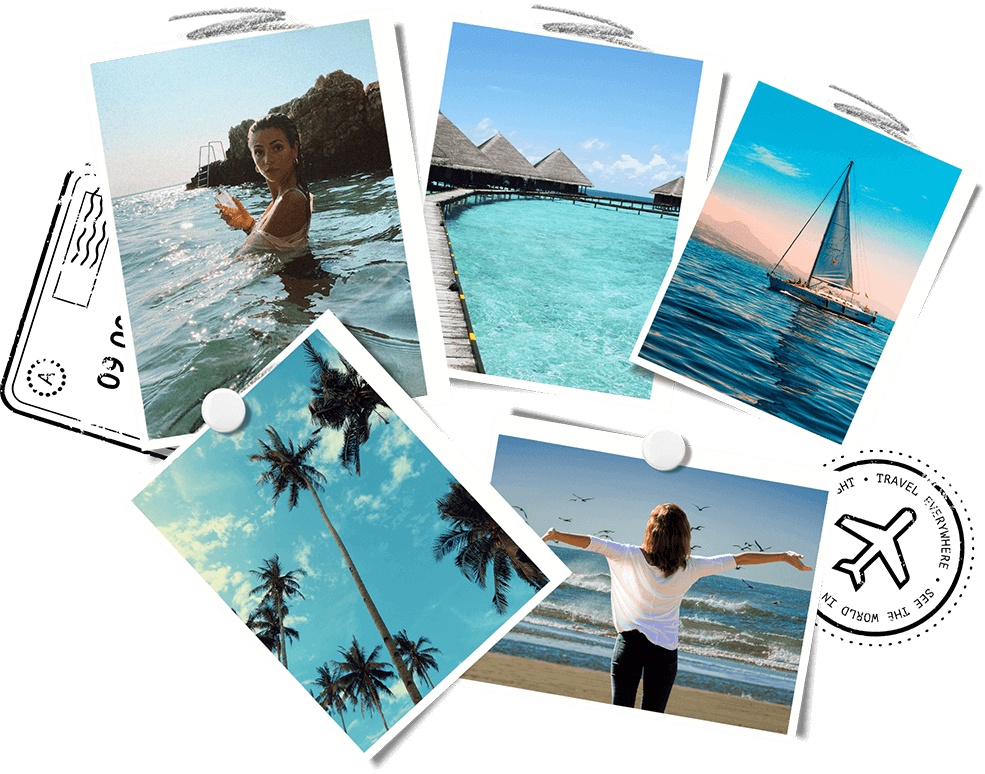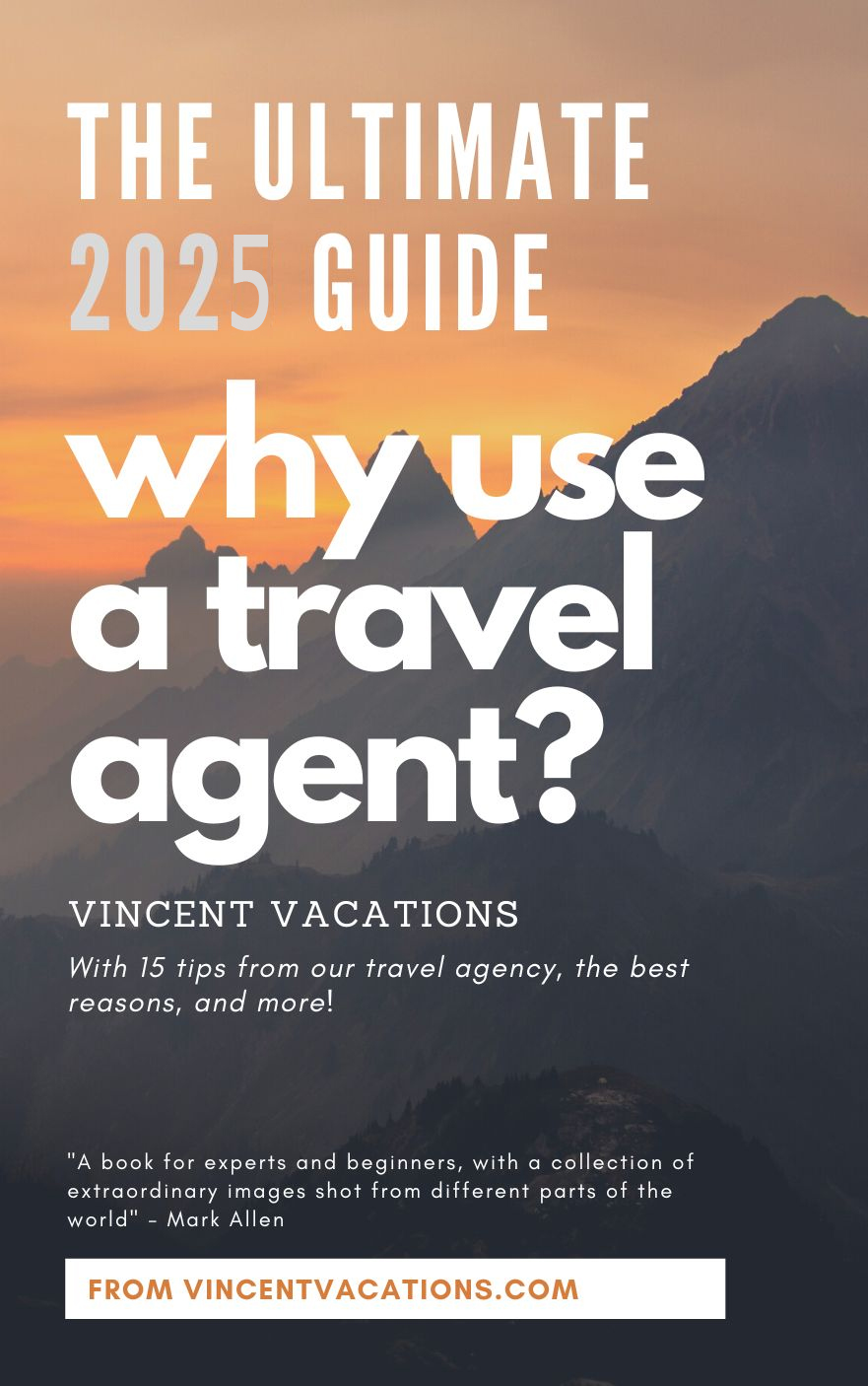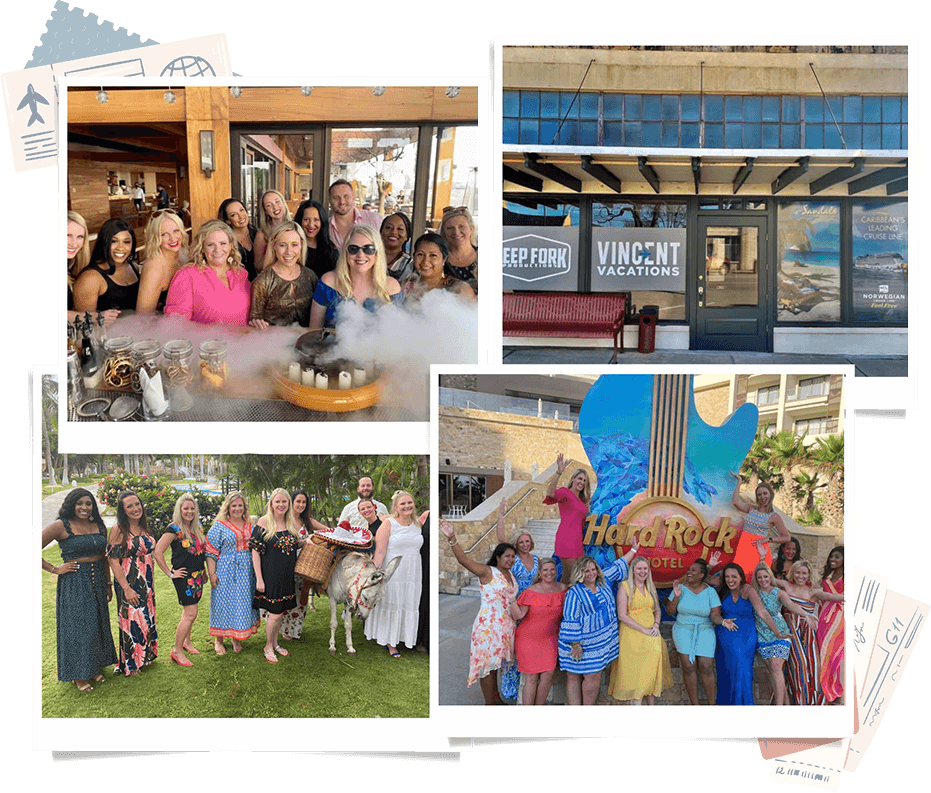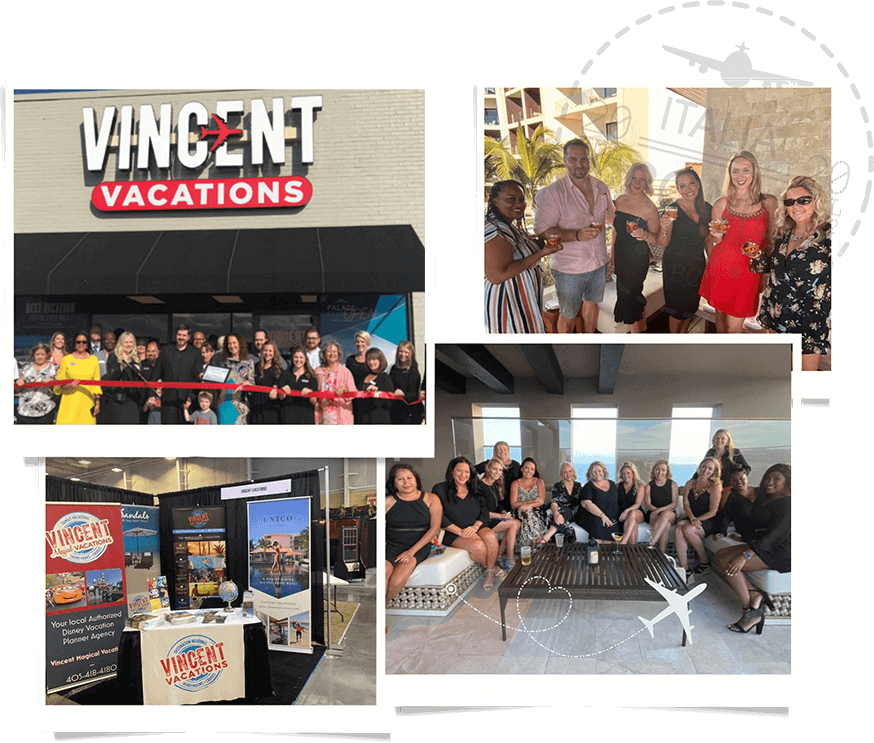Cruise vacation
Cruise travel has transformed from a once-in-a-lifetime luxury to a mainstream way to explore the world with ease, comfort, and style. Whether you're dreaming of the turquoise waters of the Caribb...
Read more
We have the best deals and packages for Antarctica. Our cruise travel agents book clients all over the USA. We are your ocean and river cruise experts. Interested in a custom package? Get a custom quote now.
We recognize that cruise vacations are not just an investment, but often the highlights of our lives, and we take that responsibility seriously. We want to ensure you have the best vacation experience. Interested in a job in travel? Click here to learn: How to Become a Cruise Travel Agent
A visit to Antarctica is not just a trip. It is an unpredictable journey. Visitors are rewarded with a world that includes thousands of penguins, elephant seals and icebergs, even volcanoes and thermal springs.
The landscape of Antarctica is reduced to the barest elements: ice, rock, water and sky. But within those elements are variations both subtle and dramatic. Ice in all its many colors takes on shapes from floes and bergs to sheets and shelves. There is old ice and fast ice, grease ice and pancake ice, striated ice and fractured ice. And, of course, there is thin ice—the element of the unknown that reminds travelers of their vulnerability on the coldest, driest, windiest, highest and most remote of continents.
In the past decade, Antarctica has become so popular, especially for nature-based tourism, that concerns have been raised about the continent's delicate ecosystem. To protect it, the International Association of Antarctica Tour Operators limits the number of people allowed ashore.
Tour operators are also supposed to ensure that travelers have as little impact as possible on the wildlife and the environment, and visitors are forbidden from getting too close to wildlife.
Antarctica is about 50% larger than the U.S. and occupies nearly one-tenth of the world's landmass. Almost the entire continent (99.8%) is covered permanently by ice. With its mountains reaching heights of 16,066 ft/4,897 m, it's the highest continent in the world in average altitude. At its thickest point, the Antarctic ice cap is almost 3 mi/5 km thick. If Antarctica's ice were to melt, it would raise the level of the world's oceans about 200 ft/62 m.
The continent is vaguely round. Extending from the northwestern perimeter toward the tip of South America is the tail-like Antarctic Peninsula. The scientific outposts of 25 nations (Argentina, Australia, Chile, Japan, Russia and the U.S. all have multiple stations) ring the edges of Antarctica and adjacent islands clustering along the peninsula. However, with only three year-round research stations in the interior, most of the continent is uninhabited.
Though writings and maps of the ancient Greeks cryptically refer to a massive southern region of the world, Capt. James Cook was the first to find the "White Continent." He crossed the Antarctic Circle four times from 1772 to 1775 while circumnavigating the continent barricaded by icebergs. He later wrote, "I firmly believe that there is a tract of land near the Pole, which is the source of most of the ice which is spread over this vast Southern Ocean." The iceberg barricade held until 1820, when separate expeditions led by Thaddeus von Bellingshausen and Edward Bransfield caught sight of the continent. A year later, a ship skippered by John Davis landed on the continent. He was followed by sealers, whalers and explorers. The Norwegian Roald Amundsen was the first to reach the South Pole, on 14 December 1911. (Robert Scott, an Englishman, reached the Pole just weeks after Amundsen but died on the way back.) Not until 1956 did the first tourists—a group of Chileans aboard a research vessel—make trips to Antarctica.
Antarctica is the only continent that does not contain a sovereign nation. Since Antarctica's discovery, seven nations—Norway, Great Britain, Chile, Argentina, Australia, France and New Zealand—have laid claim to various sections of it. Those claims were suspended in 1959, when the Antarctic Treaty set aside the continent for scientific study. Today, the continent is effectively a shared territory, governed by an international committee of 45 countries, 25 of which maintain research stations there. The participating countries cooperate in protecting Antarctica's many environmental treasures and its pristine beauty. The United States' National Science Foundation coordinates most research activities and works closely with the International Association of Antarctica Tour Operators (IAATO) to provide some centralized consistency, but there is no official governing authority.
Antarctica's main attractions are ice, volcanoes, snow, birds (including albatross and terns), high mountains (almost none of which have been scaled by humans), penguins (seven species), seals (six species), glaciers, whales (orca, humpback, southern right, minke) and fascinating barren scenery.
Flexible, tolerant and adventurous travelers looking for a unique experience will enjoy Antarctica. It is not a good destination for inexperienced travelers unless they are interested in nature and willing to put up with discomfort and spend large sums of money to see it. A trip to Antarctica is a long and expensive venture that requires a lot of enthusiasm. There are no guarantees regarding wildlife sightings, but the likelihood is high that you'll see something remarkable.
Antarctica has no official time zone, as all 24 of the world's time zones converge at the bottom of the world. Most inhabitants set their clocks to the time in their home country. Cruise ships usually keep their clocks on the same time as their port of departure.
The South Pole is colder than the North Pole by about 35 degrees F/2 degrees C. The coldest temperature ever recorded was -129 F/-89 C at Vostok, Antarctica, on 21 July 1983.
Since discovering a giant lake called Lake Vostok nearly 2.5 mi/4 km beneath Antarctic ice, researchers have found about 145 smaller ice-covered lakes. Researchers believe the subglacial lakes could contain unknown forms of bacterial life that have thrived in the oxygenless, highly pressurized environment for millions of years.
Fire is a hazard in Antarctica. The dry air and high winds make it difficult to control a fire once it starts. The extremely low temperatures require the use of chemicals to put out fires.
All plants and animals not native to Antarctica are banned by treaty. The last of the famed husky dogs were flown out in 1994.
The growing hole in the ozone layer over the South Pole was discovered in 1981 by British scientists working at the U.K.'s Halley Station.
The Antarctic Peninsula has warmed about 5 degrees F/3 degrees C in the past 50 years, causing glaciers to melt and allowing plants to spread.
Though 80% of the world's freshwater is locked in Antarctica's ice, the continent is considered a desert. Less than 1 in/2.5 cm of snow falls at the South Pole annually, and the cold air is some of the driest in the world. Because the water in Antarctica is frozen, dehydration is one of the greatest health risks.
Fossilized tree stumps, dinosaur bones and coal have been discovered in Antarctica, indicating it was once a much warmer place. The most recent theories hold that it was joined to what is now North America about 750 million years ago—some mineral deposits there are an exact match to those found in Texas.
Antarctica's otherworldly landscape has become the poor man's space program. More meteorites have been found there than anywhere else in the world, partly because the dark rocks stand out against the white ice. The cold, dry conditions are similar to Mars, giving researchers a chance to test theories about the red planet. NASA tests instruments and astronauts in the harsh, isolated conditions.

Starting in January 2021, Norwegian will be cruising to Antarctica and returning to Iceland with expanded options. This will be the first time Norwegian sails to Antarctica, which will provide guests with a unique opportunity to be part of cruising history. This will be a once-in-a-lifetime vacation that you will never forget while witnessing the icy-blue glaciers of Antarctica, or as you explore a geothermal wonderland pulsing with fire and ice in Iceland. These new cruises are part of Norwegian's Extraordinary Journeys, a group of uniquely designed itineraries that allow you more immersive experiences around the world.

When people think about a dream cruise vacation destination, South America might not be the first continent that comes to mind. However, exploring South America on a cruise is the perfect way to see it! You'll visit multiple countries, experience unique adventures, and pass stunning coastlines. You can even choose an itinerary that includes sailing by Antarctica!

Daydreaming about getting away? Now you can plan your next vacation with our new 2022 and 2023 sailings. There are new places to discover and new memories to make. So, whether you’re excited to island hop in paradise on a Caribbean cruise, or can’t wait to explore exotic destinations, like Antarctica, come aboard our award-winning fleet and experience the vacation of a lifetime with Norwegian.

When people think about a dream cruise vacation destination, South America might not be the first continent that comes to mind. However, exploring South America on a cruise is the perfect way to see it! You'll visit multiple countries, experience unique adventures, and pass stunning coastlines. You can even choose an itinerary that includes sailing by Antarctica!

Antarctica is one of the most pristine destinations on Earth, only accessible to travelers on a cruise. Norwegian Cruise Line offers intrepid travelers the opportunity to experience Antarctica's natural wonders aboard Norwegian Star with 13-day, 14-day, and 15-day itineraries that depart from Buenos Aires, Argentina. If you are considering a cruise to Antarctica next year, Norwegian's 2021 Antarctica cruises are some of the most incredible vacations to add to your list.
Vincent Cruises - Authorized Antarctica Vacation Planner
Questions? Call us at
1 (888) 883-0460
Contact us for the latest Antarctica deals.
For Groups of 10
or more rooms, or 8 or more Cabins, please use of Group Form
Click Here for our Group Department
Click on a location below to learn more. We recognize that vacations are not just an investment, but often the highlights of our lives, and we take that responsibility seriously. We want to ensure you have the best experience.

All of these are signs that you are a great fit to become an independent travel agent, and turn your love of travel from passion into profit!
Learn MoreOur motto at Vincent Vacations is, we go so you know! We want to ensure you have the BEST experience, whether it's a river cruise, or a corporate group incentive trip, we want to ensure your vacation is a success.
We serve customers all across the USA
Debt free and in business since 2013. Vincent Vacations has agents in Dallas, Kansas City, Houston, Shreveport, Little Rock, Roswell, Oklahoma City and more locations.

Travel agents can help save time and stress by doing the research and handling all your bookings for you. An experience travel agent is best at finding great deals and packages, as well as providing you with helpful information and tips. They can also help you plan special activities and experiences that you may not have thought of on your own. All in all, using a travel agent can be a great way to make sure you get the most out of your trip.
In travel since 2002, and in business since 2013, our travel team serves clients all over the US. Planning a vacation away from home takes a great team. We have taken the time to build a team of dedicated, smart, hard-working personnel who are each committed to excellence and service. We work side-by-side, creating and ensuring INCREDIBLE vacation experiences for you and your group. Our store front in-office team, and our travel consultant independent contractors, work all around the US - we even have a travel agent who lives in Mexico!


In business since 2013, we are your #1 source for travel!
Free Cruise Package Quote